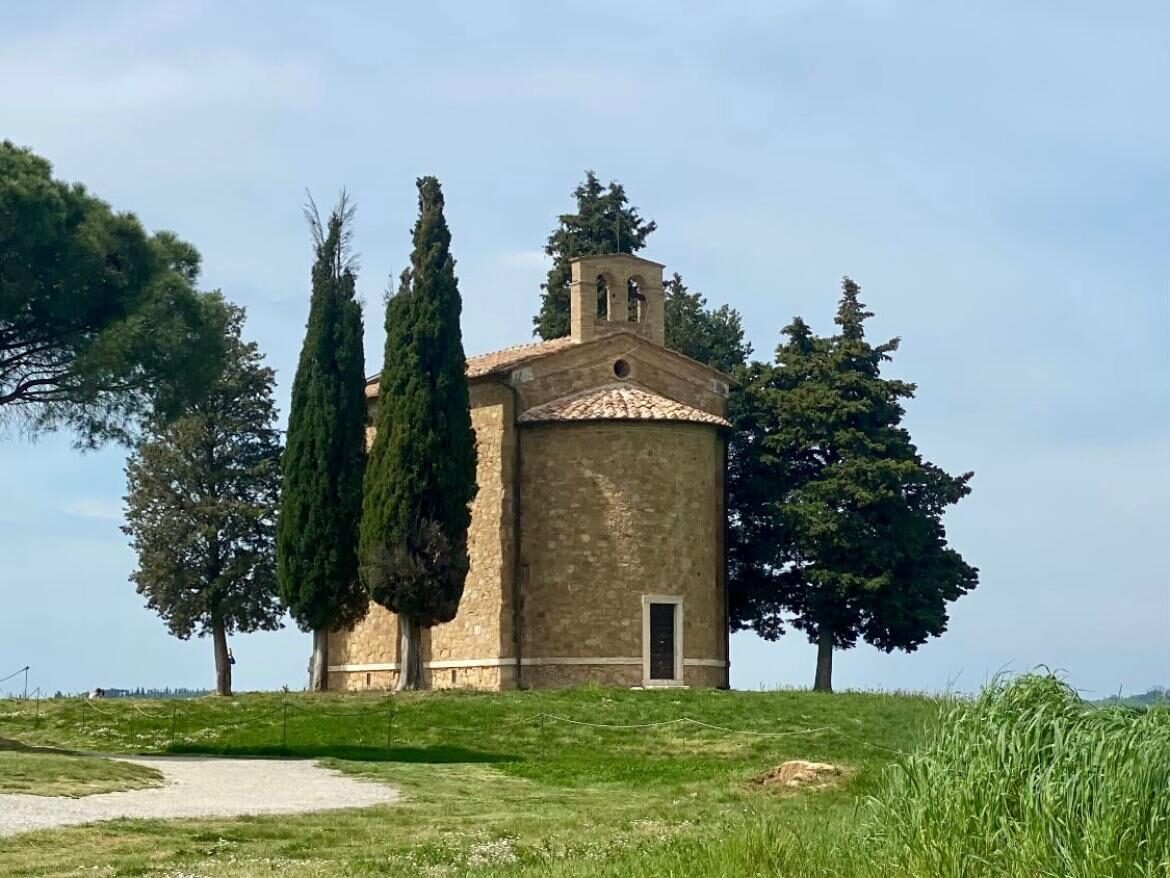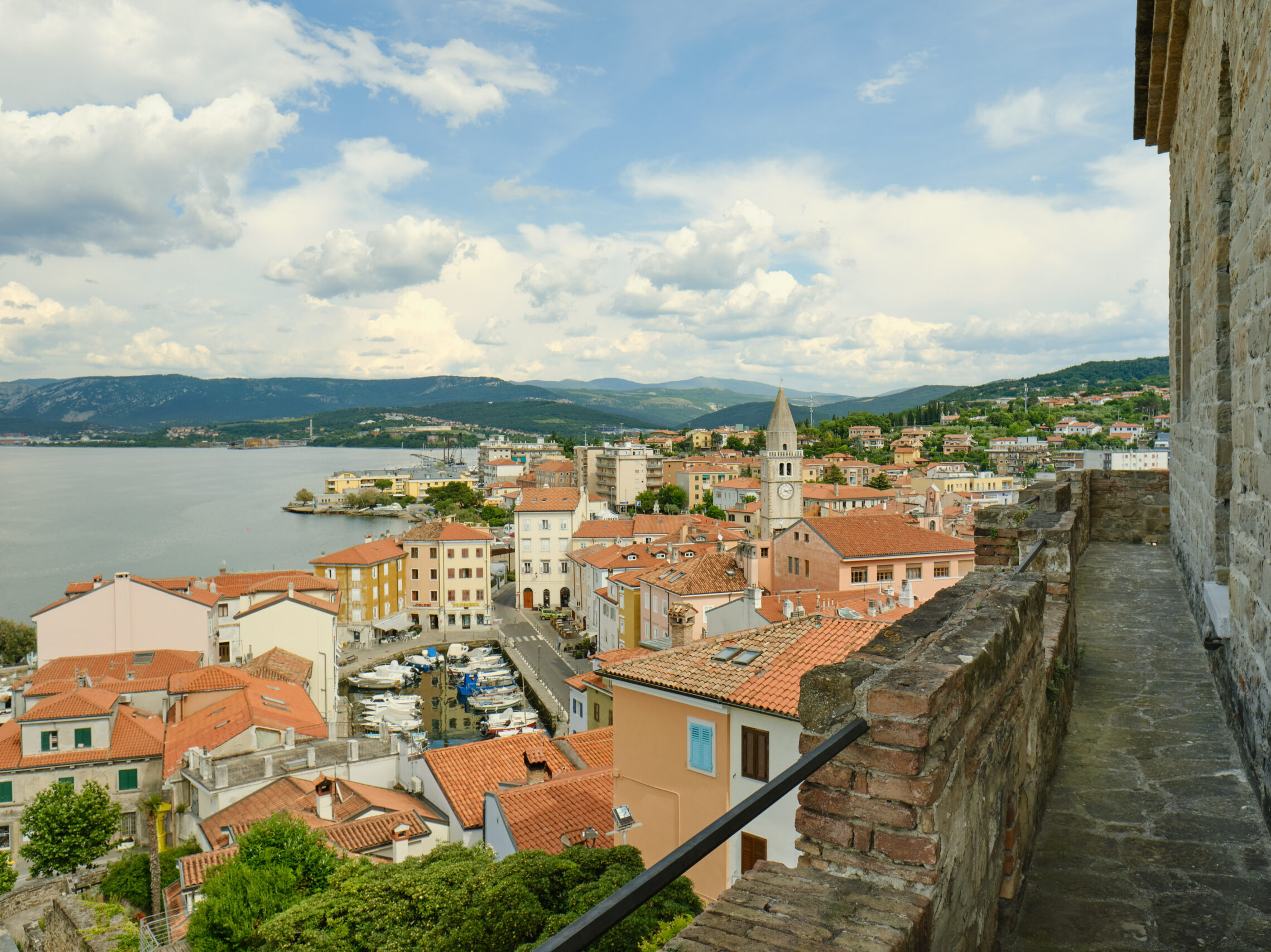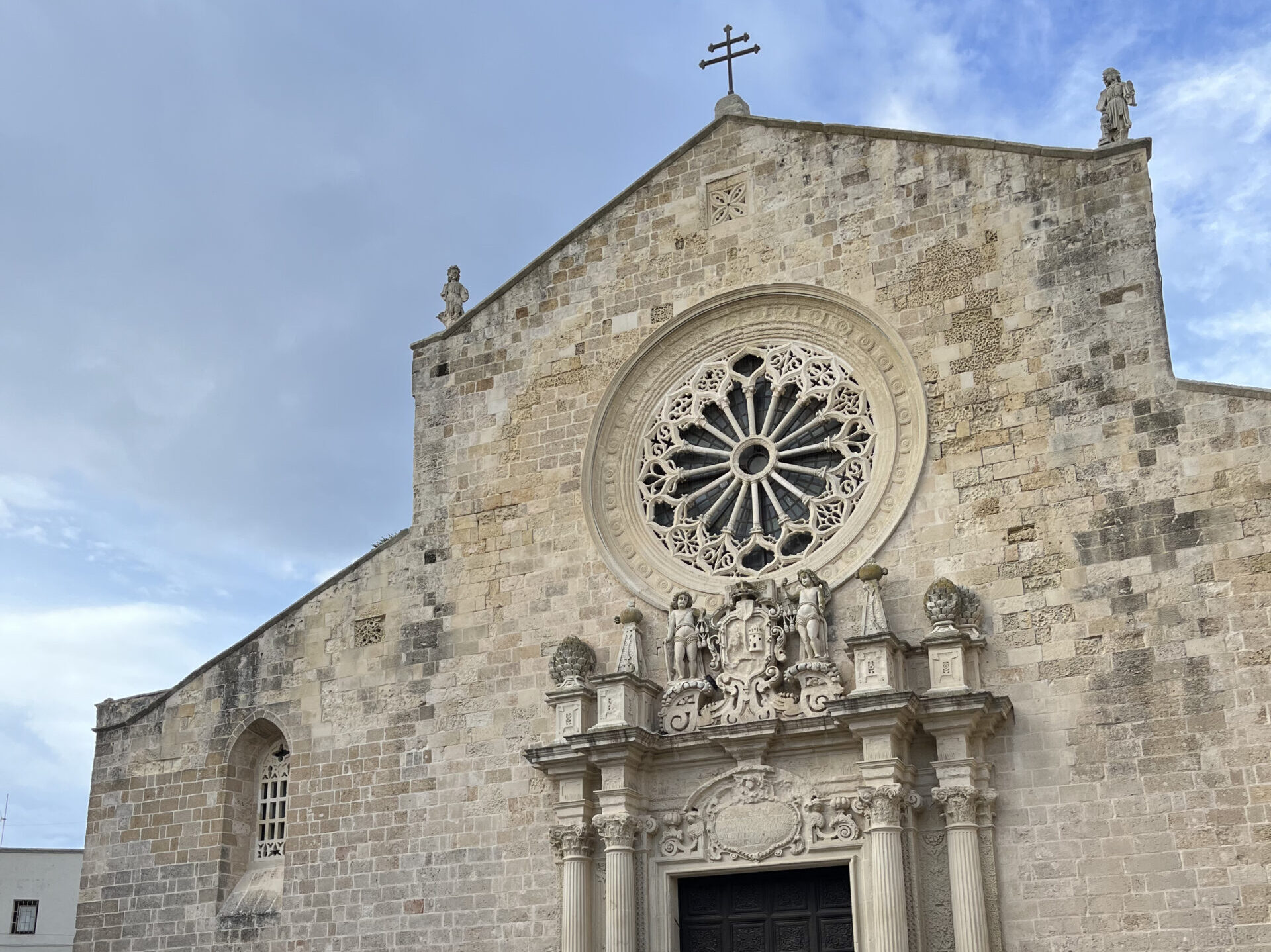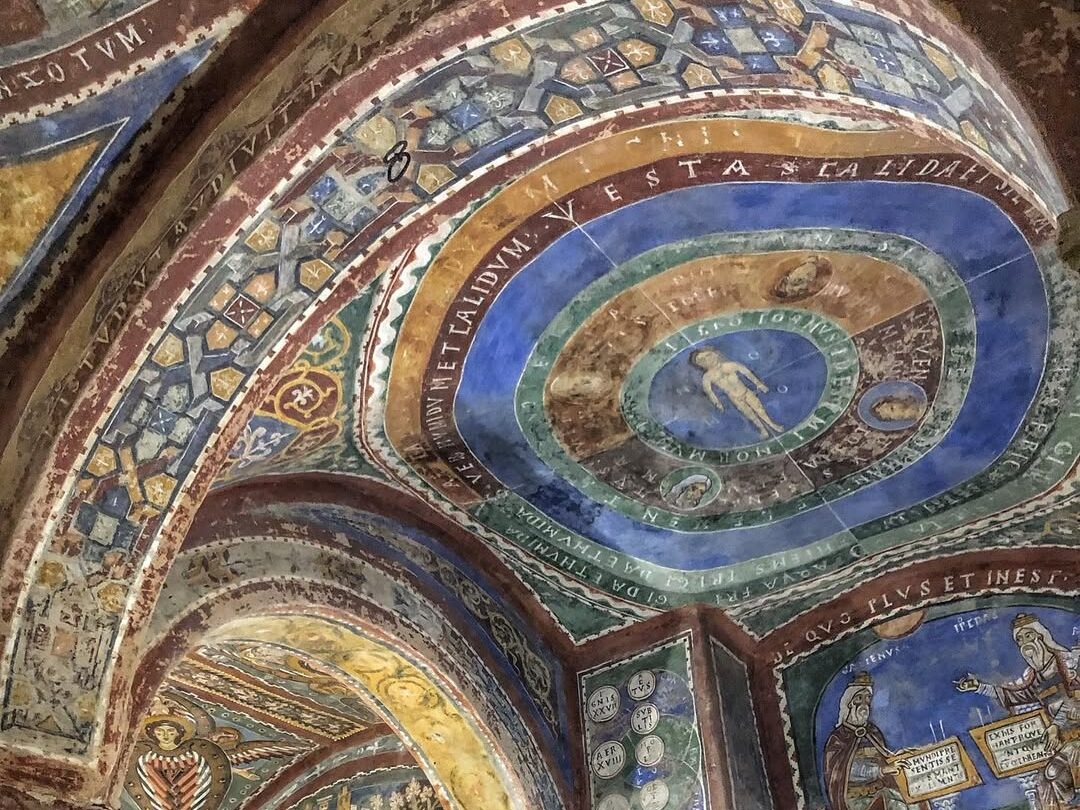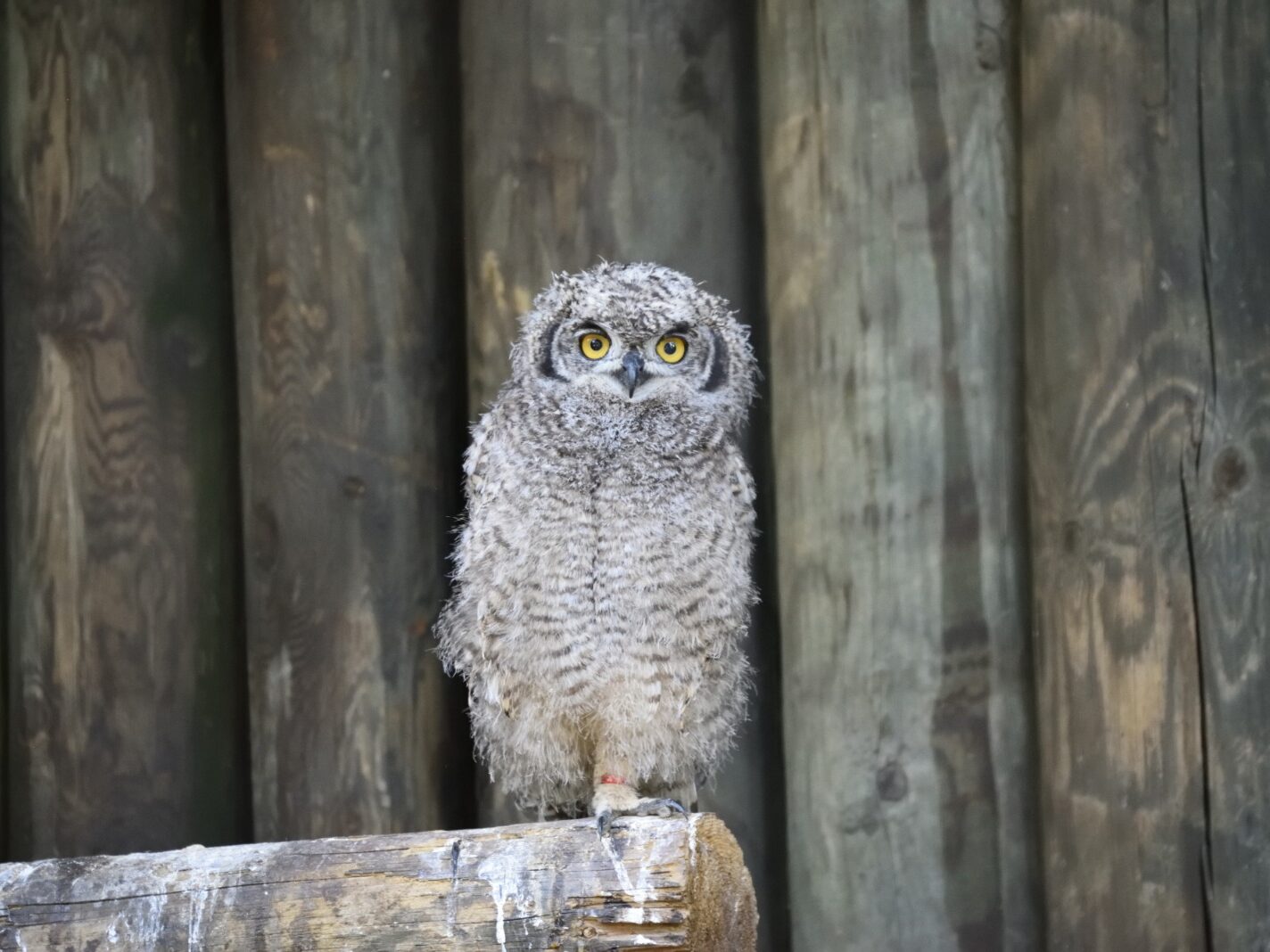Some places seem to slow down time. Not because nothing happens there, but because everything unfolds with a natural calm—like the turning of the seasons or the quiet step of someone who knows the land they walk on. Val d’Orcia is one of those places. A corner of Tuscany where everything—from the rolling hills to the stone houses, from the rustling cypresses to the scent of warm bread—moves to a rhythm that feels older, deeper, and more serene.
Arriving here feels like stepping into a painting. The hills rise and fall in gentle waves, broken only by rows of cypress trees tracing geometric patterns against the sky. There’s no need to seek out postcard views—they find you. Yet behind all this beauty lies something more profound: a long history shaped by labor, vision, and an enduring connection to the land.
Take Pienza, for example. It’s not just a charming hill town—it’s the dream of a humanist pope who envisioned the ideal Renaissance city. Today, more than its perfectly proportioned palaces, what leaves an impression is the golden light that glides along the stone alleys, the pungent aroma of aged pecorino cheese wafting from local shops, and the instinctive hush in visitors’ voices—as if they, too, are reluctant to disturb the spell. Sit on a bench, lean against a loggia, and gaze at the valley. Time slows. And for a moment, you understand why someone once imagined harmony could live here.
A little further on, along winding roads that feel like unspoken thoughts, you’ll find Monticchiello—tiny, intimate, warmed by sun on golden stone. It may lack the grandeur of more famous places, but it holds a strong soul. This is a village where theater has become a collective voice: every year, the community takes to the stage with their own words, sharing stories of everyday life. It’s one of those places where silence feels thick with memory. Walking its ancient walls, you sense a delicate equilibrium—as if every corner has something to whisper.
Then there’s water—not wild river currents, but the calm, thermal waters of Bagno Vignoni, flowing gently for centuries into the large pool at the center of the village. Steam and stone blend into an image unlike any other. You don’t even need to enter the thermal baths to feel the magic: just stroll along the edge of the pool at dawn or dusk, when the mist meets the cool air and everything feels suspended in a quieter dimension.
What strikes you in Val d’Orcia isn’t just visual beauty—it’s the harmony between landscape and culture, history and daily life. Yes, you’ll eat well everywhere, but it’s more than flavor. It’s the feeling of being part of a larger story, where every dish—a plate of handmade pici, a board of cured meats, a glass of Brunello—connects with the view outside your window. Wine here isn’t fashion—it’s time. It takes patience to make it, to understand it, to truly appreciate it. Just like the land it comes from.
Climbing toward Montalcino, the light shifts again. The valley opens up, breathes. From the fortress, the view stretches endlessly, and you feel as if you’ve reached a ridge—not just geographic, but existential: on one side, the everyday; on the other, something greater that lingers beyond words.
Val d’Orcia isn’t just a place to pass through—it’s one to listen to. It’s not somewhere you merely visit; it’s somewhere you inhabit, even if only for a day or two. It doesn’t need spectacle—everything is already there: in the low hum of the wind, in the light that changes with the hour, in sun-warmed stones and whispered stories from elders sitting on village benches.
It’s a place that invites you to slow down, to look more closely, to stay a little longer.
And when you leave, a part of you always stays behind.
